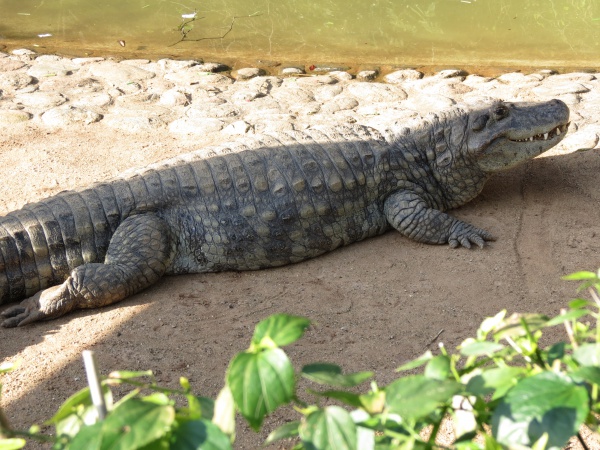Facts About Broad-snouted caiman
The broad-snouted caiman is a captivating crocodilian indigenous to eastern and central South America. These reptiles inhabit countries such as Brazil, Argentina, Uruguay, Paraguay, and Bolivia, generally residing in freshwater marshes, swamps, and mangroves.
Adult caimans can reach considerable lengths, typically between 2 to 2.5 meters (about 6.5 to 8 feet). Some males can even grow up to 3.5 meters (around 11.5 feet). Their broad snouts, for which they are named, assist them in foraging amidst dense vegetation.
Broad-snouted caimans are ectothermic, meaning they depend on external environmental conditions to regulate their body temperature. Their diet begins with small invertebrates but expands with age to include turtles, snails, birds, fish, and other reptiles. Notably, they are obligate omnivores and contribute to seed dispersal within their ecosystems.
The reproduction of these caimans is particularly intriguing. Females lay between 18 to 50 eggs, with the sex of the hatchlings being determined by the ambient temperature rather than sex chromosomes, making them particularly sensitive to climate variations.
Regrettably, broad-snouted caimans have faced numerous adversities over time. They were once extensively hunted for their skins, and their habitats continue to be threatened by deforestation and pollution, underscoring the importance of conservation efforts. Interestingly, in some urban areas such as the lagoons in Barra da Tijuca and Recreio dos Bandeirantes in Rio de Janeiro, Brazil, they have managed to adapt and thrive.
Currently, the species is considered endangered, highlighting an urgent need for protective measures to ensure their survival in the wild. Conservationists are diligently working to safeguard these extraordinary creatures and their natural habitats.

 Uruguay
Uruguay